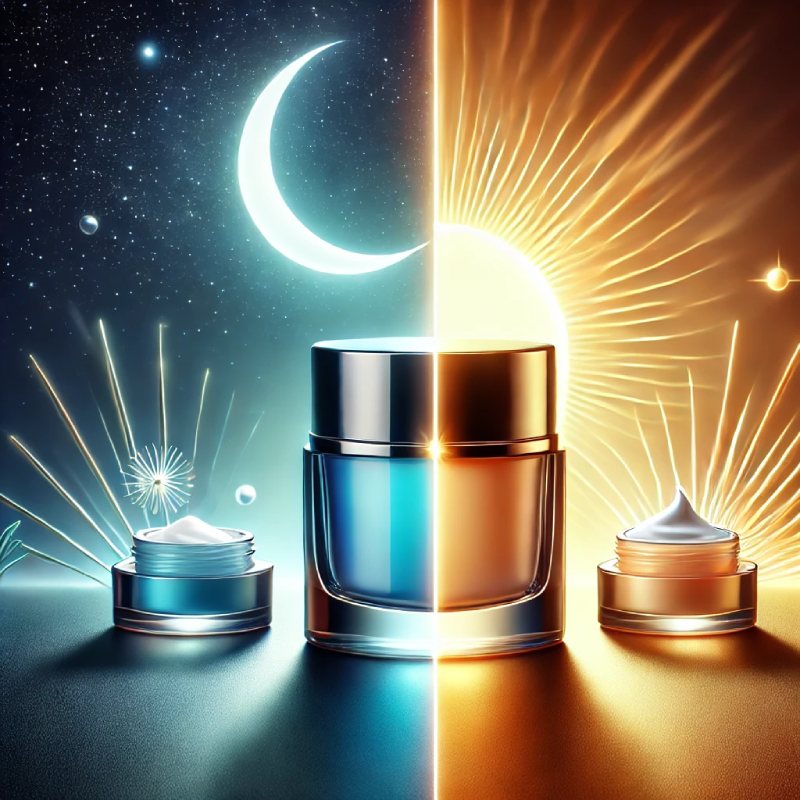
Can Semaglutide Cause Diarrhea? What Enhanced Aesthetics & Wellness Patients Need to Know
Can Semaglutide cause diarrhea? Learn about this common side effect and how Enhanced Aesthetics & Wellness helps manage it effectively.
Home » When to Switch Moisturizers According to Climate

Discover when to switch moisturizers according to climate and keep your skin hydrated and glowing year-round.
Your skin’s needs change with the weather, just like your wardrobe. By switching moisturizers according to climate, you can ensure your skin stays hydrated, healthy, and glowing year-round.
Climate has a significant impact on your skin’s hydration, texture, and overall health. Let’s explore how different weather conditions affect your skin and the role of moisturizers.
In hot and humid climates, your skin produces more oil due to increased sebum production. While this might make your skin feel less dry, it can lead to clogged pores, breakouts, and a greasy texture. Lightweight, water-based, or gel moisturizers are best for these conditions, as they hydrate without making your skin feel heavy or oily. Look for non-comedogenic products with ingredients like hyaluronic acid and glycerin to balance moisture levels.
Cold weather often strips the skin of its natural moisture, leaving it dry, flaky, and tight. The lack of humidity and exposure to indoor heating can exacerbate this condition. Rich, oil-based moisturizers with occlusive ingredients like ceramides, shea butter, and squalane are ideal for protecting your skin in such climates. These products lock in hydration and create a barrier to shield the skin from harsh environmental factors.
Wind and sun can cause physical damage to your skin barrier, leading to increased sensitivity and moisture loss. The combination of these elements can result in redness, irritation, and dehydration. Opt for protective moisturizers with added SPF to guard against UV rays and antioxidants to repair environmental damage. Ingredients like niacinamide and vitamin E are particularly effective in soothing and strengthening the skin.
Your skin sends clear signals when it needs a different moisturizer. Here’s how to recognize those signs and act on them.
If your skin feels unusually dry, flaky, or oily, it’s a sign that your current moisturizer isn’t meeting your needs. Weather-related changes in humidity and temperature can throw off your skin’s balance, making it feel rough or uneven. To address this, switch to a moisturizer designed for the current climate—lightweight in summer and richer in winter.
Redness, itchiness, or irritation could mean your moisturizer is mismatched with your environment. For example, harsh winds in winter can make your skin more sensitive to lightweight products, while heavier creams may clog your pores in summer. Pay attention to how your skin reacts and adjust your products accordingly.
When the seasons change, your skin may struggle to adapt to the new conditions. This is especially common during transitions from humid summers to dry winters. To prepare your skin, start incorporating climate-appropriate moisturizers gradually, allowing your skin time to adjust.
The right moisturizer can make all the difference in maintaining healthy, hydrated skin. Here’s how to pick one based on your climate.
In hot and humid climates, your skin benefits from lightweight, non-greasy products. Water-based or gel moisturizers are excellent choices as they hydrate without clogging pores. Look for products with ingredients like aloe vera, glycerin, and green tea extract to keep your skin fresh and balanced. Non-comedogenic labels are a must to prevent breakouts.
Cold, dry climates demand intense hydration to combat moisture loss. Oil-based moisturizers with nourishing ingredients like ceramides, shea butter, and jojoba oil help seal in hydration. These products work well to repair and protect the skin barrier, ensuring your skin remains smooth and supple despite harsh conditions.
For mixed climates or unpredictable weather, versatile moisturizers are key. Look for products containing hyaluronic acid, which adapts to varying humidity levels. Multitasking moisturizers with SPF and antioxidants can also provide protection and hydration, making them suitable for any season.
Switching moisturizers requires a thoughtful approach to avoid skin shocks. Here’s how to do it seamlessly.
Abruptly switching products can irritate your skin, especially during seasonal changes. Start by layering your new moisturizer over your existing one for a few days. Gradually phase out the old product to give your skin time to adapt.
Before committing to a new moisturizer, conduct a patch test to ensure it’s compatible with your skin. Apply a small amount to your inner arm or behind your ear and wait 24 hours for any adverse reactions. Monitor how your skin responds to the new formula over the first week of use.
Your moisturizer works best when paired with the right supporting products. In dry climates, pair rich moisturizers with hydrating serums. In humid weather, use lightweight cleansers to maintain balance. Adjust exfoliation based on your skin’s tolerance to avoid over-stripping during transitions.
Switching moisturizers according to climate is essential for maintaining balanced, healthy skin. By understanding your skin’s needs and adapting your products to weather conditions, you can prevent issues like dryness, oiliness, and sensitivity. Enhanced Aesthetics & Wellness offers professional guidance and premium skincare solutions to keep your skin glowing, no matter the season. Contact us at Enhanced Aesthetics & Wellness or call (775) 877-9500 to schedule your consultation.
Take control of your skincare today! Book a visit with Enhanced Aesthetics & Wellness or explore our client reviews to see why our clients trust us with their skin.
Q: How often should I switch moisturizers according to climate?
A: You should consider switching whenever the seasons change or your skin shows signs of dryness, oiliness, or irritation.
Q: Can I use the same moisturizer in all climates?
A: Some versatile moisturizers work year-round, but most people need different products for extreme hot, cold, or dry conditions.
Q: What’s the best moisturizer for hot and humid weather?
A: Lightweight, water-based moisturizers with non-comedogenic ingredients like hyaluronic acid and aloe vera are ideal for hot and humid climates.
Q: How do I transition to a new moisturizer safely?
A: Gradually incorporate the new moisturizer into your routine, layering it with your current one for a few days before fully switching.
Q: Are there ingredients I should avoid in certain climates?
A: Avoid heavy, oil-based products in humid weather and drying ingredients like alcohol in cold climates.

Can Semaglutide cause diarrhea? Learn about this common side effect and how Enhanced Aesthetics & Wellness helps manage it effectively.

Explore the showdown between Calorie Counting vs. Macro Counting for weight loss. Discover which method aligns with your health goals.